Home>Furniture & Design>Interior Design Trends>How To Spray Clear Coat Like Glass


Interior Design Trends
How To Spray Clear Coat Like Glass
Published: February 4, 2024
Learn the latest interior design trends and how to spray clear coat like glass for a flawless finish. Elevate your space with these expert tips and techniques. Discover the secrets to achieving a professional look.
(Many of the links in this article redirect to a specific reviewed product. Your purchase of these products through affiliate links helps to generate commission for Storables.com, at no extra cost. Learn more)
Introduction
Achieving a flawless, glass-like finish on a surface can elevate the overall aesthetic and durability of a project. Whether you're refinishing a piece of furniture, applying a clear coat to an automobile, or adding a protective layer to a DIY project, mastering the art of spraying clear coat like glass can make a significant difference in the final result.
The process of applying clear coat requires precision, attention to detail, and the right tools and techniques. It's not just about protecting the underlying surface; it's about creating a finish that is smooth, reflective, and visually stunning. When done correctly, the clear coat can give the impression of depth and clarity, resembling the pristine surface of glass.
In this comprehensive guide, we will delve into the essential steps and considerations for achieving a glass-like finish when spraying clear coat. From selecting the right clear coat product to preparing the surface and mastering the application process, each aspect plays a crucial role in the final outcome. Additionally, we will explore valuable tips and tricks to help you refine your technique and elevate the quality of your clear coat finishes.
Whether you're a seasoned professional looking to enhance your skills or a passionate DIY enthusiast eager to elevate your projects, this guide will equip you with the knowledge and insights needed to achieve a flawless, glass-like clear coat finish. So, let's embark on this journey to unlock the secrets of mastering the art of spraying clear coat like glass.
Key Takeaways:
- Achieving a glass-like finish with clear coat requires choosing the right product, meticulous surface preparation, and precise application techniques. Attention to detail and patience are key to creating a flawless, reflective surface.
- Selecting high-quality clear coat, meticulous surface preparation, and controlled application techniques are essential for achieving a glass-like finish. Attention to detail and patience are crucial for a flawless, reflective result.
Read more: What Is The Best Clear Coat For Outdoor Wood
Choosing the Right Clear Coat
Selecting the appropriate clear coat is a pivotal step in achieving a glass-like finish. With a myriad of options available, it's essential to consider several factors to ensure the best results. Here's a detailed look at the key considerations when choosing the right clear coat:
1. Type of Clear Coat:
The first decision to make is the type of clear coat to use. There are various options, including acrylic, polyurethane, and lacquer clear coats. Each type offers distinct characteristics in terms of durability, gloss level, and application method. Understanding the properties of each type will help in making an informed choice based on the specific requirements of the project.
2. Gloss Level:
Clear coats are available in different gloss levels, such as high gloss, semi-gloss, and matte. For achieving a glass-like finish, a high-gloss clear coat is typically preferred. It provides a reflective and smooth surface, resembling the appearance of glass. However, the choice of gloss level ultimately depends on the desired aesthetic and the overall design of the project.
3. Compatibility:
It's crucial to ensure that the chosen clear coat is compatible with the base coat or underlying surface. Compatibility issues can lead to adhesion problems, discoloration, or uneven finish. Therefore, it's advisable to consult the product specifications and conduct compatibility tests if necessary, especially when working with different types of paints or finishes.
Read more: Why Is Glass Clear
4. UV Protection:
For projects exposed to sunlight or outdoor elements, selecting a clear coat with UV protection is essential. UV-resistant clear coats help prevent yellowing, fading, and deterioration of the underlying surface over time. This feature is particularly important for automotive finishes, outdoor furniture, and other exterior applications.
5. Application Method:
Consider the preferred application method when choosing a clear coat. Some products are designed for spray application, while others may be suitable for brushing or wiping. Selecting a clear coat that aligns with the intended application method ensures optimal results and ease of use.
By carefully evaluating these factors and selecting a clear coat that aligns with the specific requirements of the project, you can lay a solid foundation for achieving a glass-like finish. The right clear coat not only enhances the visual appeal but also contributes to the longevity and durability of the final finish.
Preparing the Surface
Preparing the surface is a critical precursor to achieving a glass-like clear coat finish. The quality of the preparation directly impacts the adhesion, smoothness, and overall appearance of the clear coat. Here's a detailed breakdown of the essential steps involved in preparing the surface for clear coat application:
-
Cleaning the Surface: Before applying the clear coat, it's imperative to thoroughly clean the surface to remove any contaminants, such as dust, dirt, grease, or wax. A clean surface ensures proper adhesion and prevents imperfections in the finish. Use a mild detergent or specially formulated surface cleaner to remove any residues, followed by rinsing and drying the surface completely.
-
Sanding and Smoothing: Depending on the condition of the surface, sanding may be necessary to address imperfections, roughness, or previous coatings. Use fine-grit sandpaper to gently sand the surface, smoothing out any irregularities and creating a uniform texture. This step is crucial for achieving a flawless and glass-like finish, especially when working with wood, metal, or automotive surfaces.
-
Surface Inspection: After cleaning and sanding, carefully inspect the surface for any remaining blemishes, scratches, or imperfections. Address any visible flaws by filling them with an appropriate filler or putty, followed by sanding to ensure a seamless and level surface. This meticulous approach sets the stage for a pristine clear coat application.
-
Masking and Protection: In scenarios where specific areas need to be protected from the clear coat, such as trim, glass, or adjacent surfaces, masking with high-quality painter's tape and masking materials is essential. Proper masking ensures clean and defined edges, preventing overspray and minimizing the need for post-application corrections.
-
Surface Degreasing: Even after cleaning, surfaces can still retain traces of oils or contaminants. Prior to clear coat application, use a dedicated surface degreaser to remove any lingering oils or residues. This step is particularly crucial for automotive surfaces and metal substrates, where adhesion and finish quality are paramount.
-
Final Surface Preparation: Before proceeding with the clear coat application, perform a final inspection of the prepared surface. Ensure that it is free from dust, debris, and any remaining imperfections. Wipe the surface with a lint-free cloth and a suitable cleaning solvent to eliminate any last traces of contaminants, preparing it for the flawless application of the clear coat.
By meticulously executing these preparatory steps, you establish a pristine canvas for the application of the clear coat. The attention to detail during the surface preparation phase significantly contributes to the attainment of a glass-like finish, ensuring that the clear coat adheres seamlessly and yields a flawless, reflective surface.
This comprehensive surface preparation process sets the stage for the subsequent application of the clear coat, laying the groundwork for a stunning and durable finish that exudes the clarity and brilliance reminiscent of glass.
Setting Up Your Spray Gun
Properly setting up your spray gun is a crucial step in achieving a glass-like clear coat finish. The meticulous calibration and adjustment of the spray gun ensure that the clear coat is applied evenly, smoothly, and with the desired level of precision. Here's a detailed guide on the essential aspects of setting up your spray gun for clear coat application:
-
Selecting the Right Nozzle and Air Cap: The choice of the nozzle and air cap assembly plays a significant role in determining the atomization and pattern of the clear coat spray. For achieving a glass-like finish, a high-quality, gravity-feed spray gun with a nozzle size compatible with the viscosity of the clear coat is recommended. Additionally, selecting the appropriate air cap that aligns with the desired spray pattern and fan width is essential for achieving uniform coverage.
-
Air Pressure Adjustment: Proper adjustment of the air pressure is critical for achieving an optimal spray pattern and minimizing overspray. Consult the clear coat product specifications or technical data sheet to determine the recommended air pressure range. Adjust the air pressure regulator on the spray gun to achieve the ideal pressure for atomizing the clear coat effectively.
-
Trigger Control and Technique: Mastering the control and technique of the spray gun's trigger is essential for achieving consistent and smooth application. Practice the trigger pull and release to regulate the flow of clear coat, ensuring a uniform deposition without excessive buildup or uneven coverage. Additionally, maintaining a consistent distance between the spray gun and the surface is crucial for achieving an even finish.
-
Test Spraying and Adjustment: Before proceeding with the actual clear coat application, perform test sprays on a practice surface or test panel to evaluate the spray pattern, atomization, and coverage. Use this opportunity to make any necessary adjustments to the spray gun settings, such as air pressure, fluid flow, and fan pattern, to achieve the desired results.
-
Environmental Considerations: Take into account the environmental conditions, such as temperature, humidity, and airflow, when setting up the spray gun. These factors can influence the atomization and drying characteristics of the clear coat. Adjust the spray gun settings accordingly to accommodate the specific environmental conditions and ensure optimal application and curing of the clear coat.
By meticulously addressing these aspects and fine-tuning the settings of your spray gun, you lay the groundwork for a precise, controlled, and effective application of the clear coat. The attention to detail during the setup process significantly contributes to the attainment of a glass-like finish, ensuring that the clear coat is applied with the level of finesse and uniformity required to achieve a flawless and reflective surface.
Read more: What Grit Sandpaper To Remove A Clear Coat
Applying the Clear Coat
The application of the clear coat is the pivotal stage where the culmination of meticulous preparation and precise setup comes to fruition. Executing the application process with finesse and attention to detail is paramount in achieving a glass-like finish. Here's a comprehensive guide on the essential steps and techniques for applying the clear coat:
-
Initial Test Sprays: Before commencing the actual application on the target surface, it's advisable to perform initial test sprays on a practice panel or inconspicuous area. This allows for the evaluation of the spray pattern, atomization, and flow of the clear coat, ensuring that the spray gun is calibrated to deliver the desired results.
-
Uniform Application: Begin the application process by holding the spray gun at the appropriate distance from the surface, typically 6 to 8 inches, and maintain a consistent speed and distance throughout the application. Utilize overlapping passes to achieve uniform coverage, ensuring that each pass slightly overlaps the previous one to prevent streaks or uneven deposition.
-
Controlled Technique: Mastering the control and technique of the spray gun is crucial. Employ a steady and even trigger pull to release the clear coat, avoiding sudden starts or stops that can result in uneven buildup. Maintain a fluid motion, moving the spray gun smoothly across the surface to achieve a consistent and level application.
-
Optimal Coverage: Aim for optimal coverage without excessive buildup. The goal is to achieve a smooth and even layer of clear coat, ensuring that the surface is adequately covered without creating runs, sags, or orange peel texture. Pay close attention to avoid over-application, which can compromise the clarity and smoothness of the finish.
-
Multiple Passes: Depending on the specific clear coat product and the desired thickness, multiple passes may be necessary to achieve the ideal coverage. Exercise patience and precision, allowing each layer to flash off before applying subsequent passes. This gradual buildup contributes to the depth and luster of the final finish.
-
Consistent Drying Environment: After the clear coat application, ensure that the drying environment is consistent and free from contaminants. Minimize dust and debris by conducting the application in a controlled setting, and consider utilizing a designated spray booth or area to facilitate optimal drying conditions.
By meticulously adhering to these essential steps and techniques, you pave the way for the realization of a flawless, glass-like clear coat finish. The application process serves as the defining stage where precision, control, and expertise converge to transform the prepared surface into a reflective and pristine canvas, exuding the clarity and brilliance reminiscent of glass.
Tips for Achieving a Glass-like Finish
-
Patience and Precision: Achieving a glass-like finish demands patience and precision. Take your time during each stage of the process, from surface preparation to clear coat application. Rushing can lead to imperfections that detract from the desired glass-like appearance.
-
Temperature and Humidity Control: Maintain control over the temperature and humidity in the application environment. Extreme temperatures or high humidity can affect the clear coat's leveling and drying characteristics, potentially compromising the smoothness and clarity of the finish.
-
Lighting and Inspection: Adequate lighting is crucial for inspecting the surface and the clear coat application. Proper illumination helps in identifying imperfections, ensuring uniform coverage, and detecting any irregularities that may impact the final finish.
-
Quality Clear Coat Products: Invest in high-quality clear coat products from reputable manufacturers. The quality of the clear coat significantly influences the final result, including its gloss, durability, and resistance to yellowing or fading over time.
-
Avoid Over-application: Over-application of clear coat can lead to runs, sags, or an uneven texture, detracting from the glass-like appearance. Apply the clear coat in thin, even layers, allowing each coat to flash off before adding subsequent passes.
-
Fine Sanding Between Coats: For achieving an exceptionally smooth and reflective finish, consider lightly sanding the surface between clear coat layers. This process helps in leveling any minor imperfections and enhancing the overall smoothness of the finish.
-
Buffing and Polishing: After the clear coat has fully cured, consider buffing and polishing the surface to enhance its gloss and clarity. This additional step can elevate the finish to a truly glass-like level, further accentuating its reflective and pristine qualities.
-
Protective Measures: Once the clear coat has been applied and cured, implement protective measures to safeguard the finish. This may include using specialized detailing products, applying wax or sealants, and adopting proper maintenance practices to preserve the glass-like appearance over time.
By integrating these tips into your clear coat application process, you can elevate your results to achieve a truly glass-like finish. Each tip contributes to the meticulous attention and care required to transform a surface into a reflective, flawless canvas that embodies the clarity and brilliance of glass.
Make sure to properly prepare the surface by sanding and cleaning it before applying the clear coat. Use even, overlapping sprays and maintain a consistent distance from the surface for a smooth, glass-like finish.
Conclusion
In conclusion, mastering the art of spraying clear coat like glass is a multifaceted endeavor that demands a combination of technical expertise, meticulous preparation, and a keen eye for detail. From the initial selection of the right clear coat to the precise application techniques, each step plays a pivotal role in achieving a flawless and reflective finish reminiscent of glass.
The journey begins with the careful consideration of the clear coat product, taking into account factors such as gloss level, compatibility, UV protection, and application method. This critical decision sets the stage for the subsequent phases, laying the foundation for a finish that exudes clarity and durability.
The preparatory phase, encompassing surface cleaning, smoothing, inspection, and protection, serves as the canvas upon which the clear coat will work its transformative magic. Meticulous attention to detail during this phase ensures that the surface is primed to receive the clear coat, setting the stage for a flawless and glass-like finish.
The setup of the spray gun is a crucial aspect that demands precision and calibration. From selecting the right nozzle and air cap to adjusting the air pressure and mastering the trigger control, the setup process is instrumental in ensuring that the clear coat is applied with finesse and uniformity, paving the way for a reflective and pristine surface.
The application of the clear coat is where the culmination of meticulous preparation and precise setup comes to fruition. Executing the application process with patience, control, and attention to detail is paramount in achieving a glass-like finish. Each pass of the spray gun contributes to the depth, luster, and reflective qualities that define the glass-like appearance.
Furthermore, incorporating valuable tips such as maintaining patience, controlling environmental factors, and implementing post-application measures contributes to the overall success of the clear coat finish. These tips serve as guiding principles, elevating the quality and longevity of the glass-like finish.
In essence, the journey to achieve a glass-like clear coat finish is a testament to the fusion of craftsmanship and artistry. It embodies the pursuit of perfection, where every step, from selection to application, is infused with dedication and precision. By embracing the insights and techniques shared in this guide, enthusiasts and professionals alike can embark on a journey to unlock the secrets of spraying clear coat like glass, elevating their projects to new heights of clarity and brilliance.
Frequently Asked Questions about How To Spray Clear Coat Like Glass
Was this page helpful?
At Storables.com, we guarantee accurate and reliable information. Our content, validated by Expert Board Contributors, is crafted following stringent Editorial Policies. We're committed to providing you with well-researched, expert-backed insights for all your informational needs.
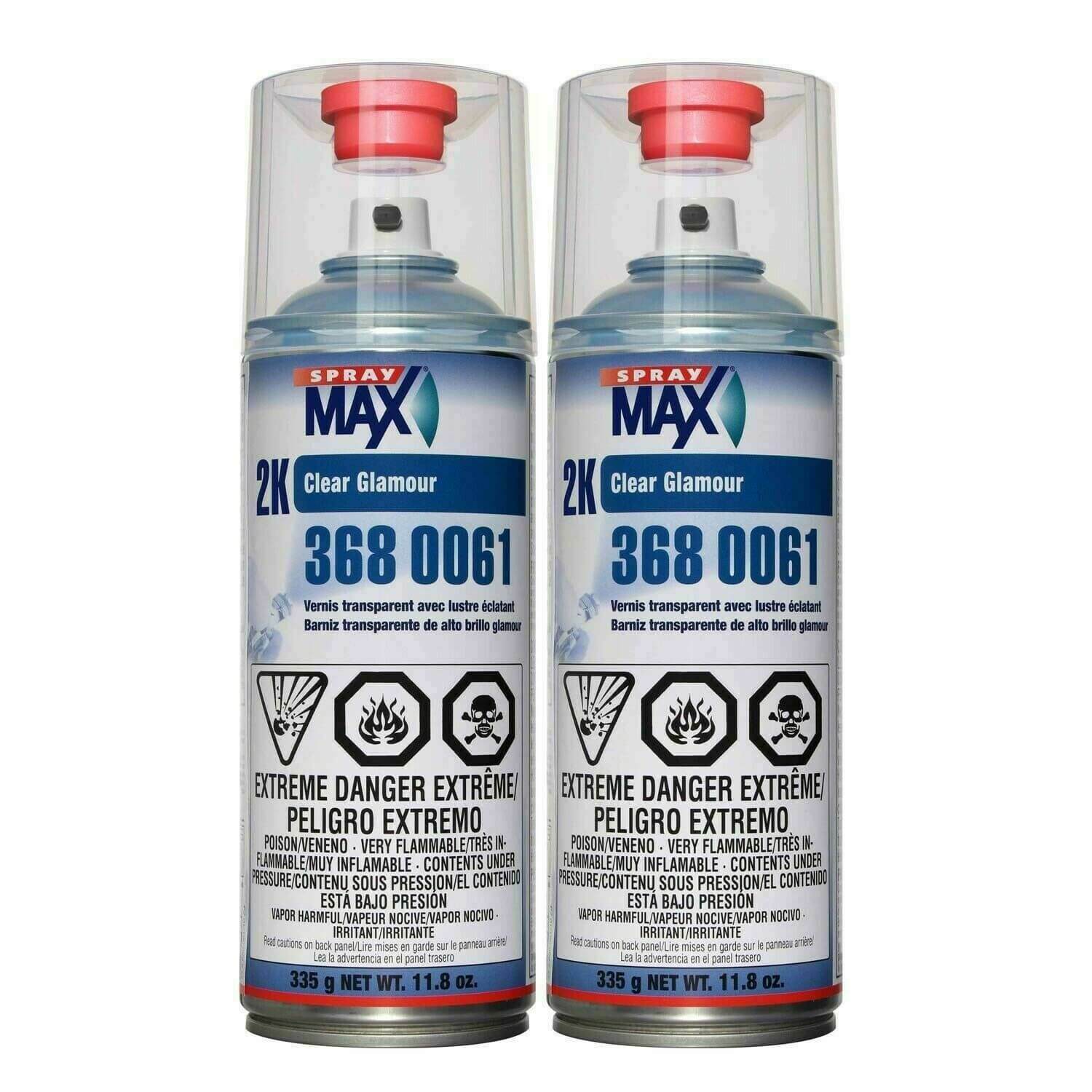
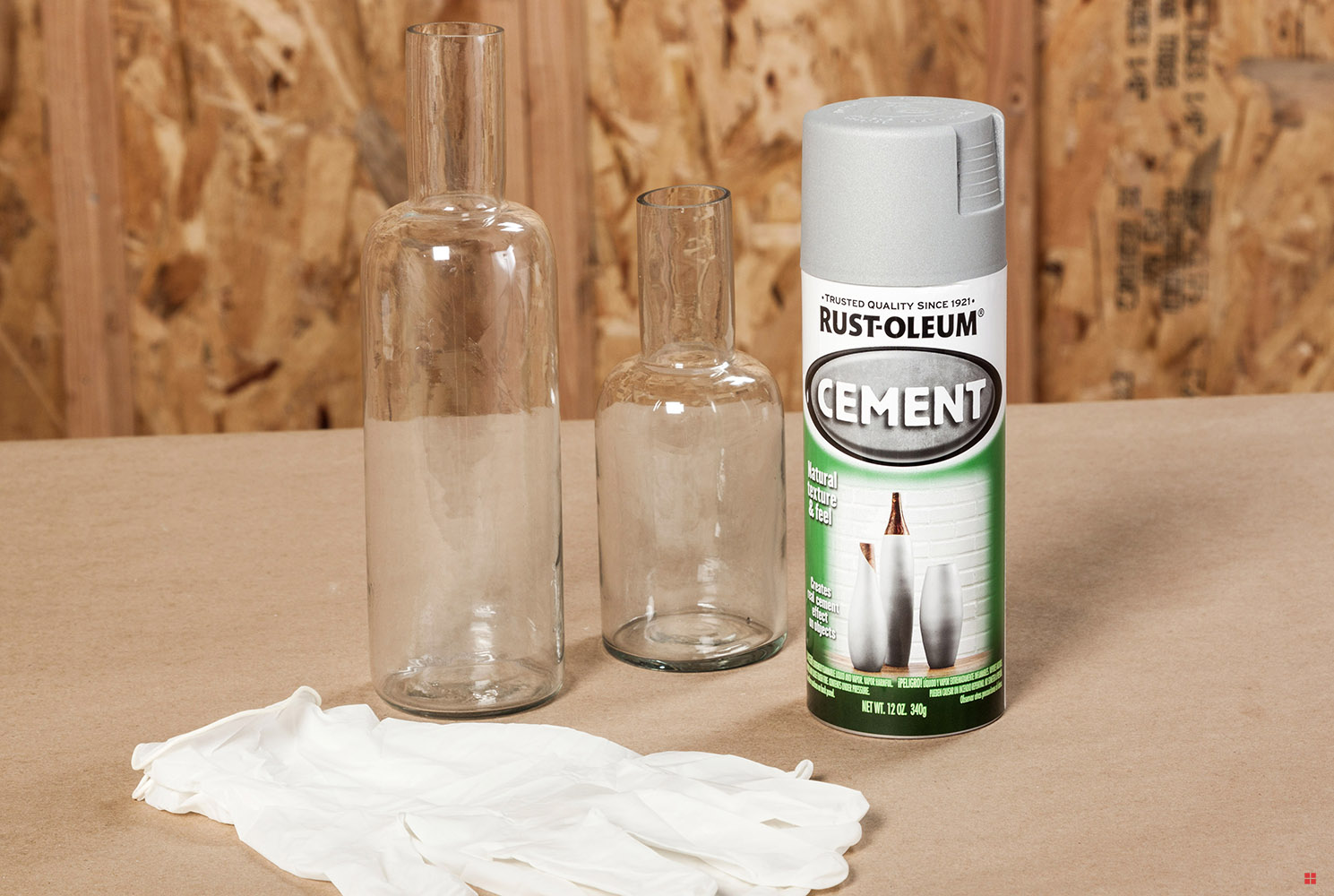
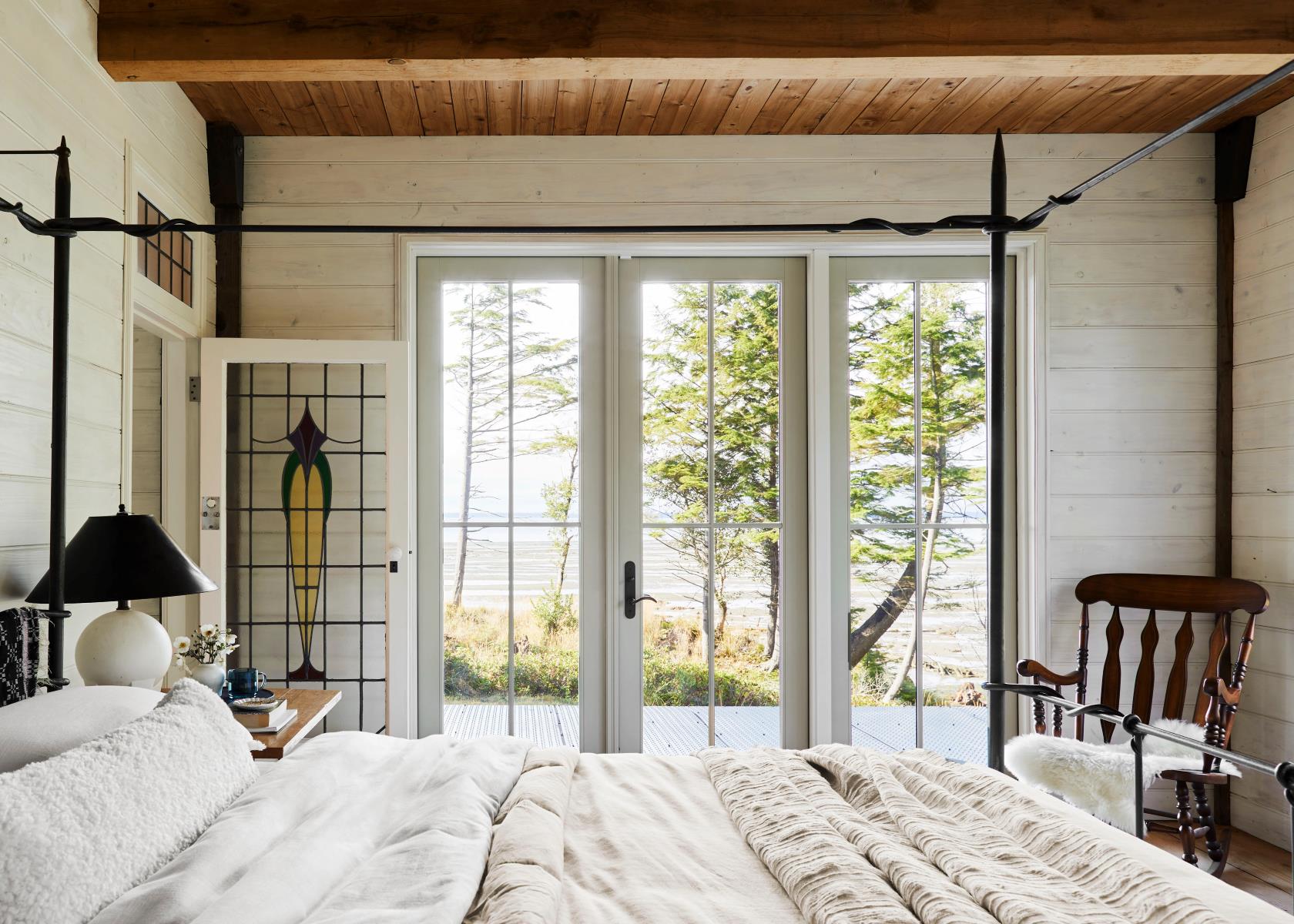
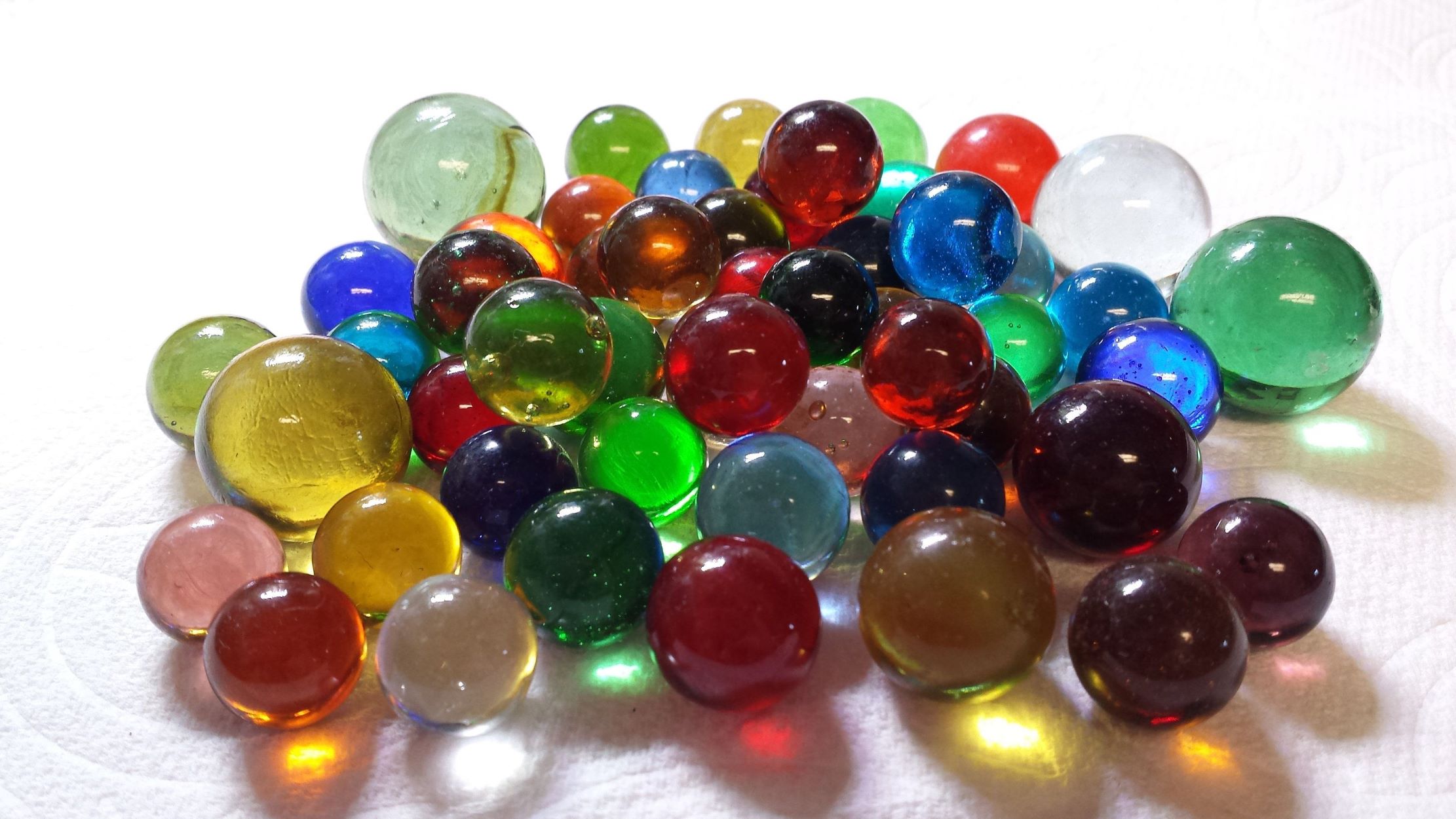
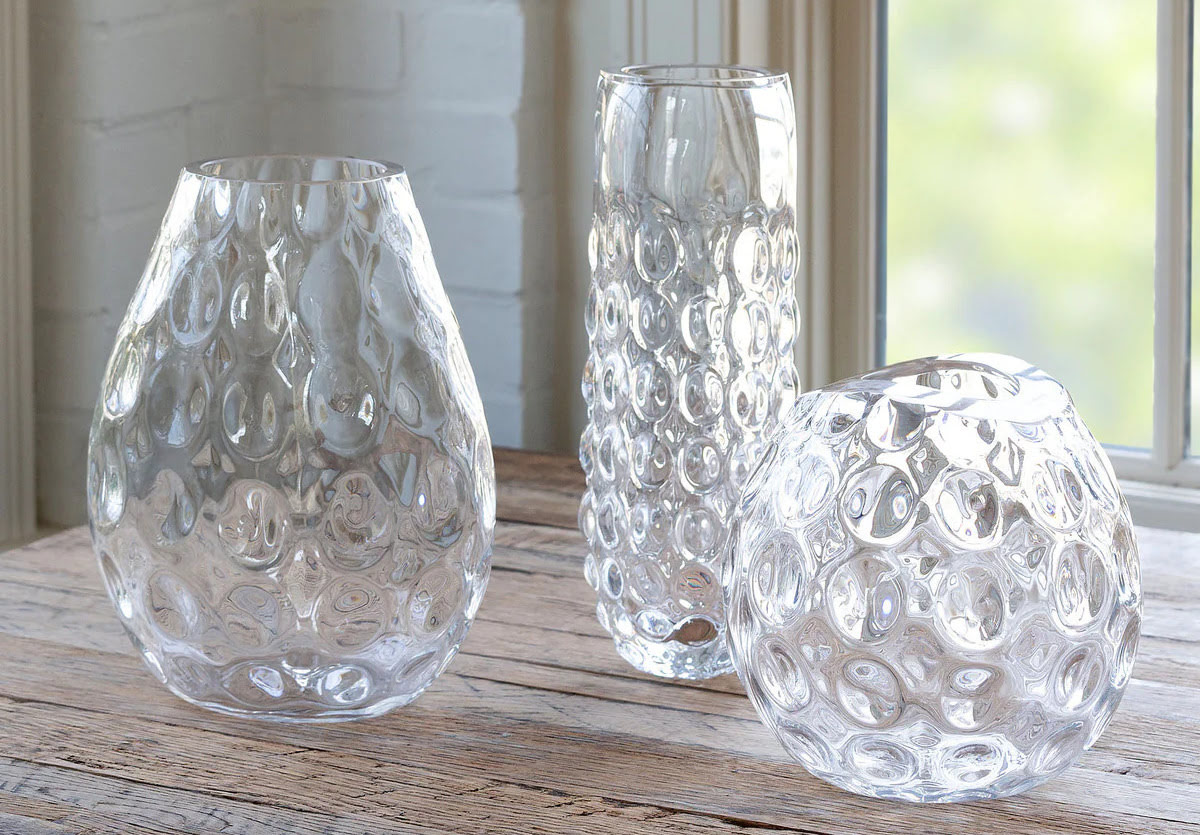
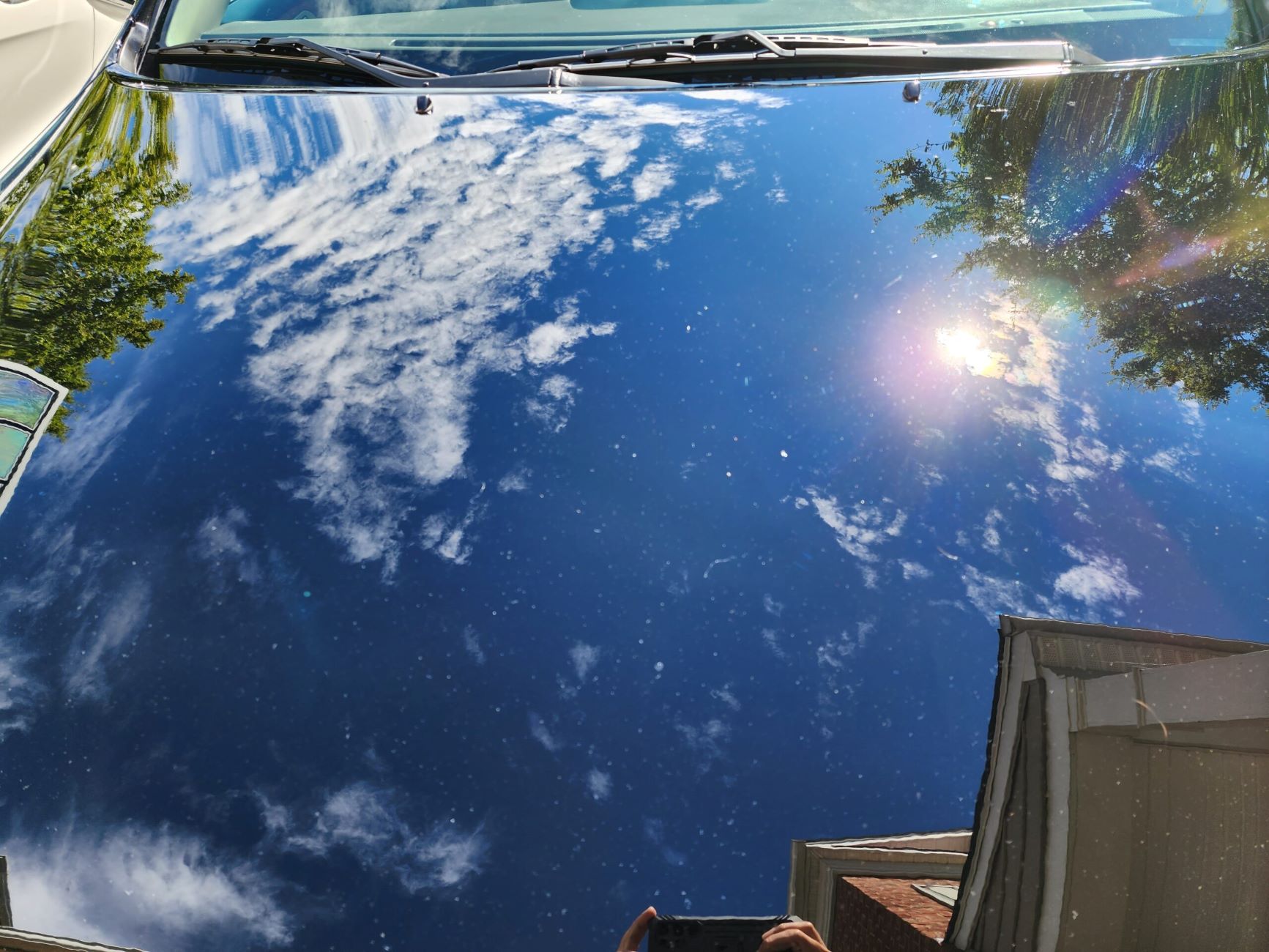
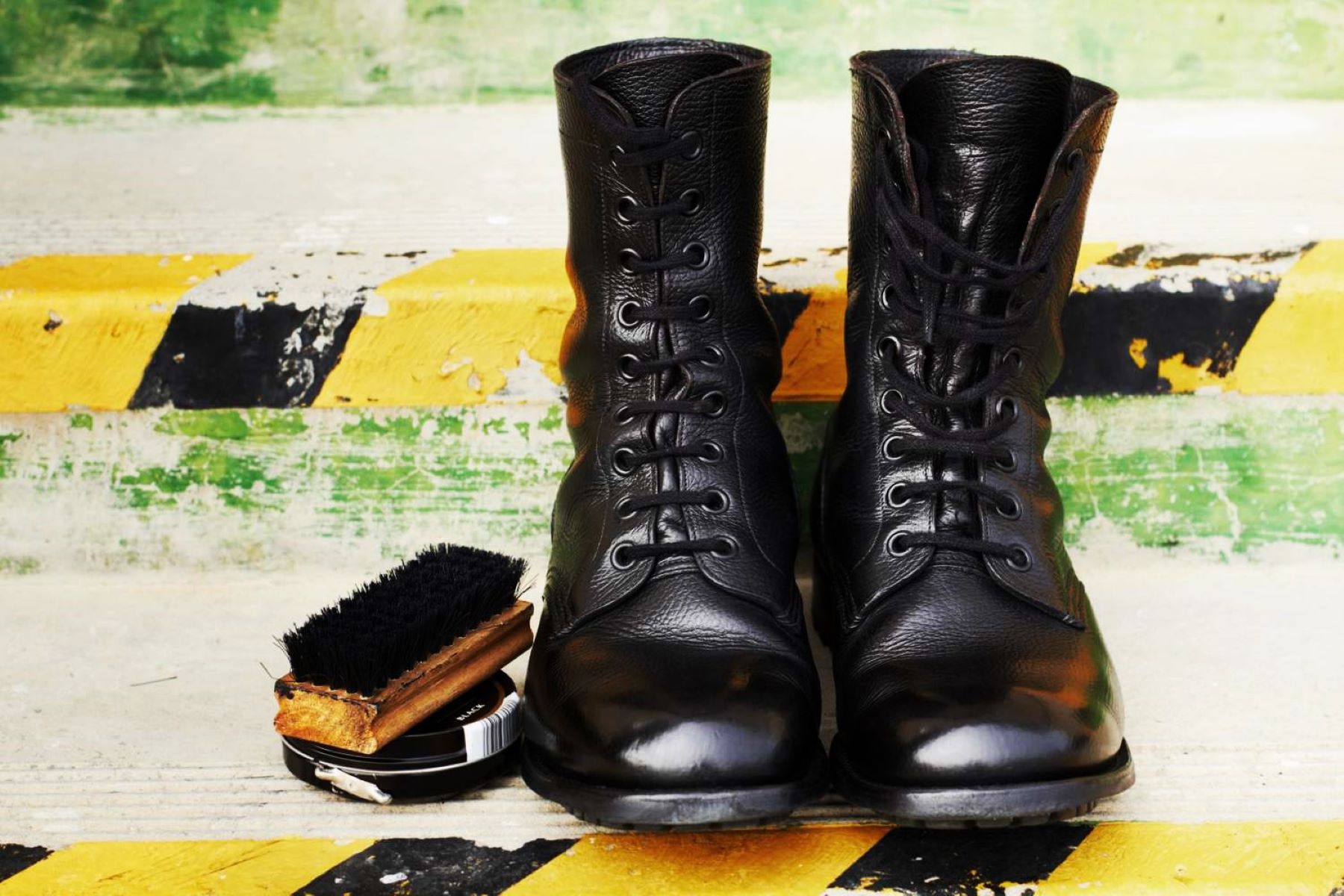
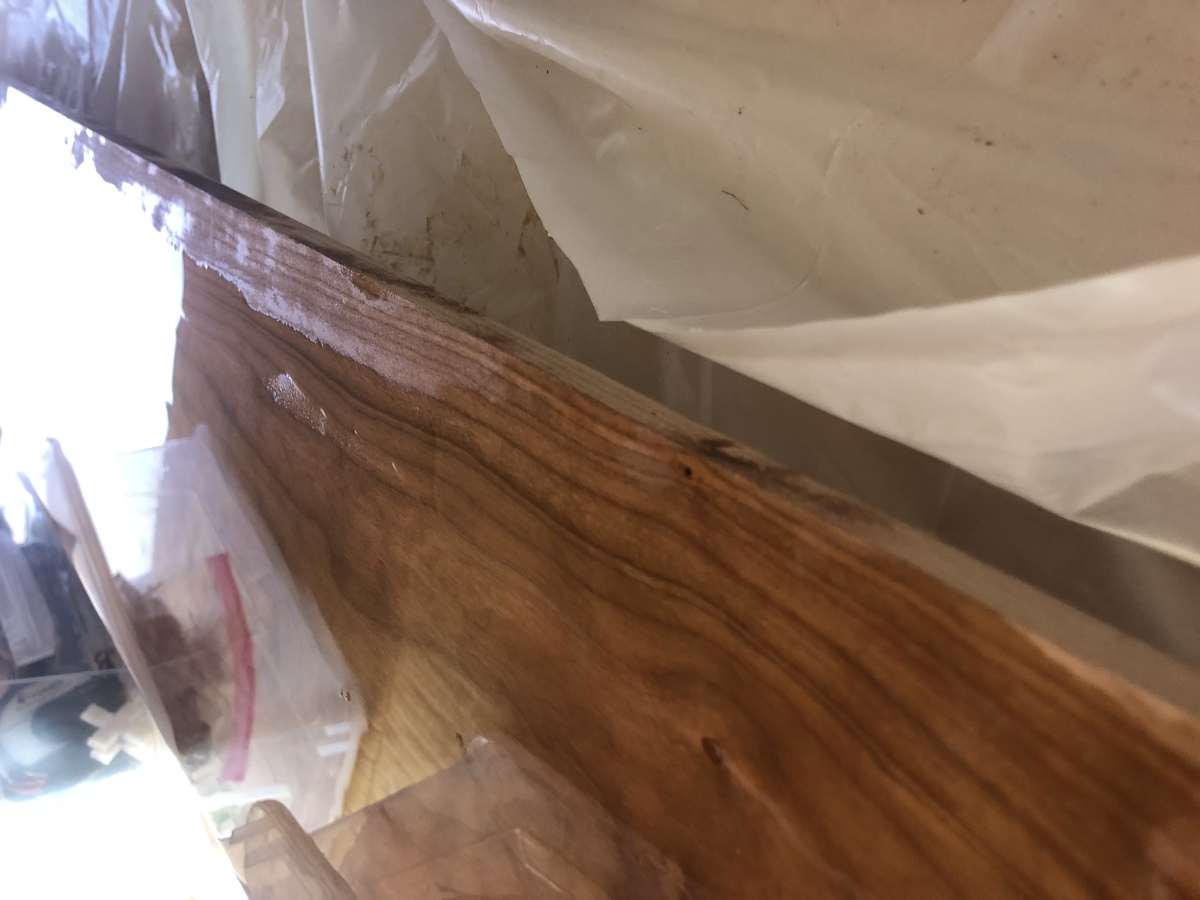
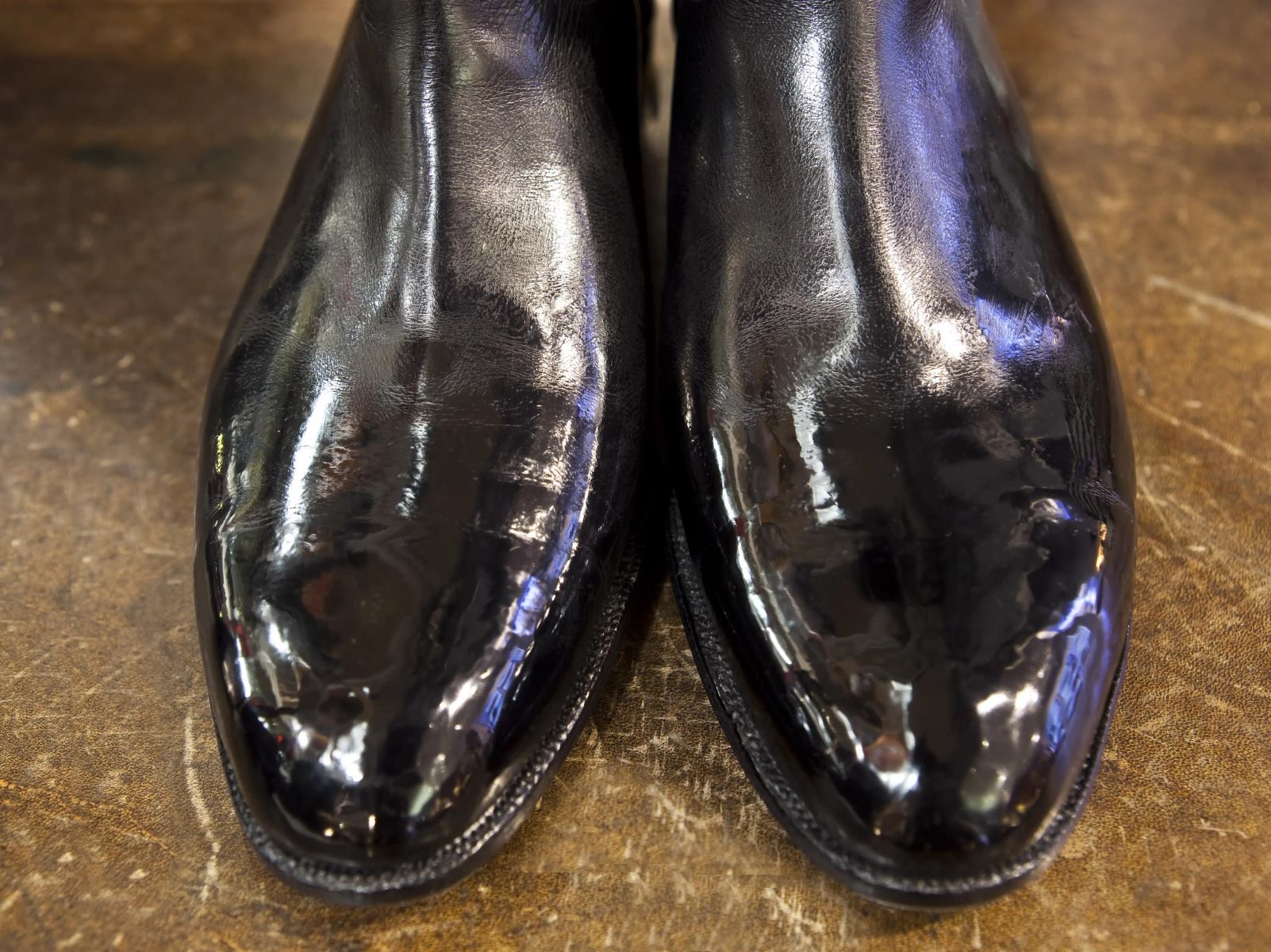
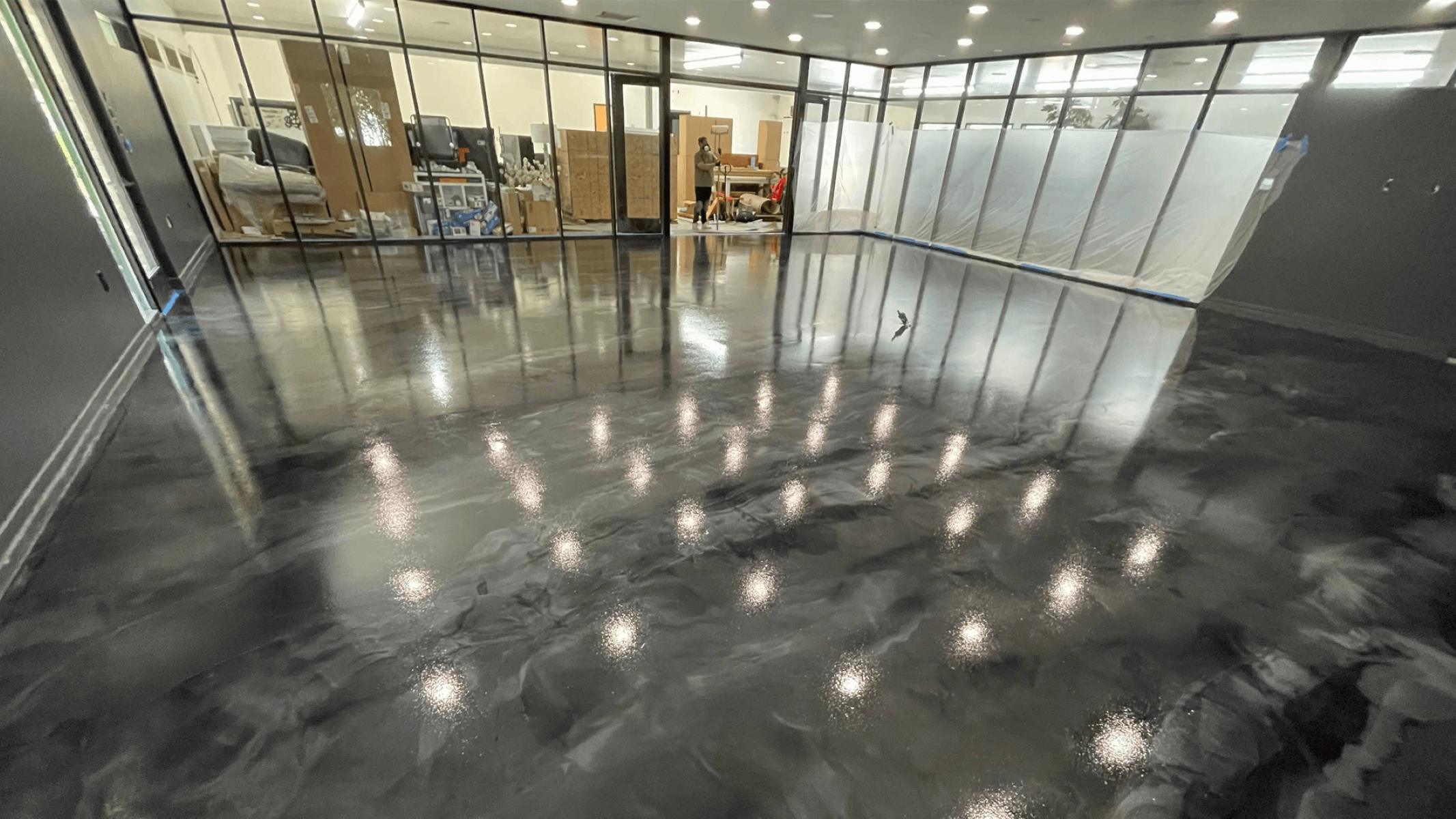




0 thoughts on “How To Spray Clear Coat Like Glass”